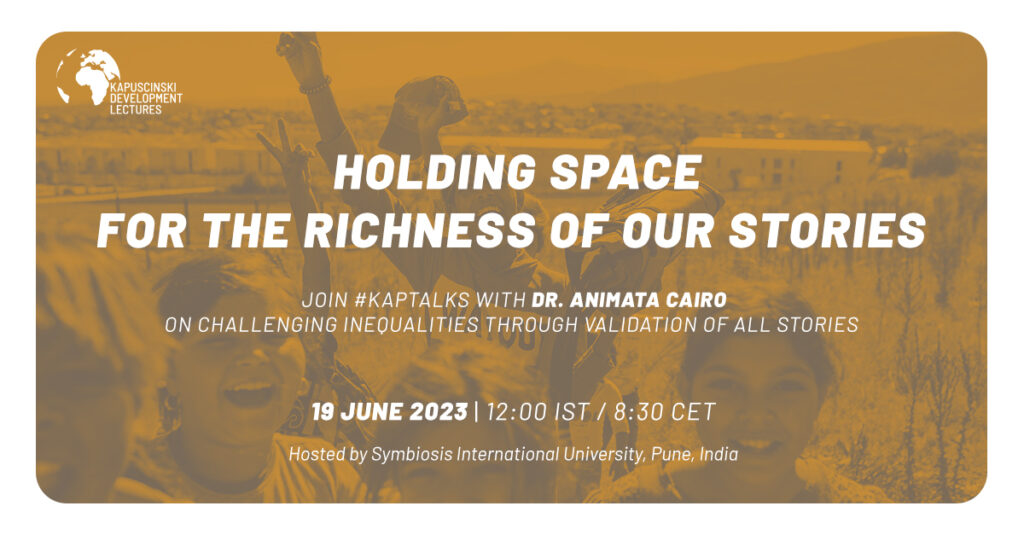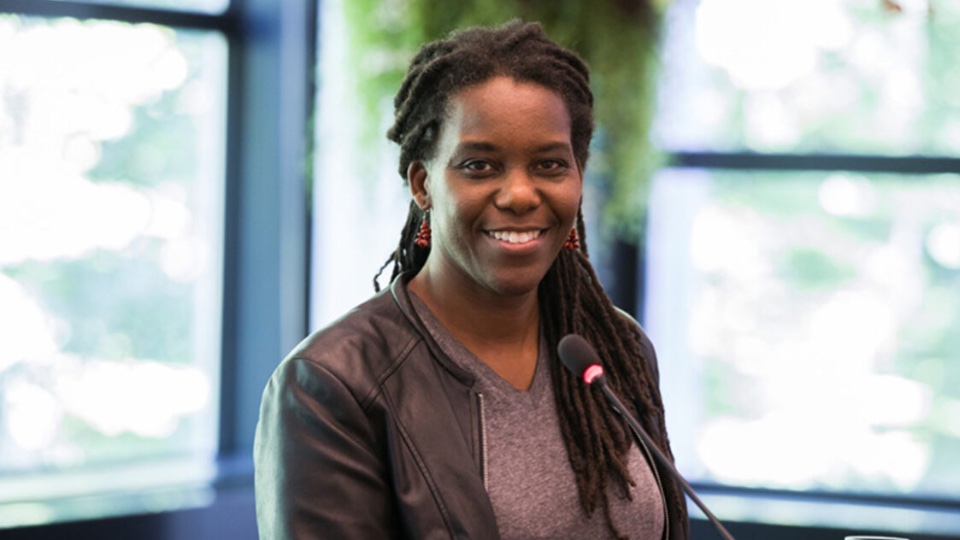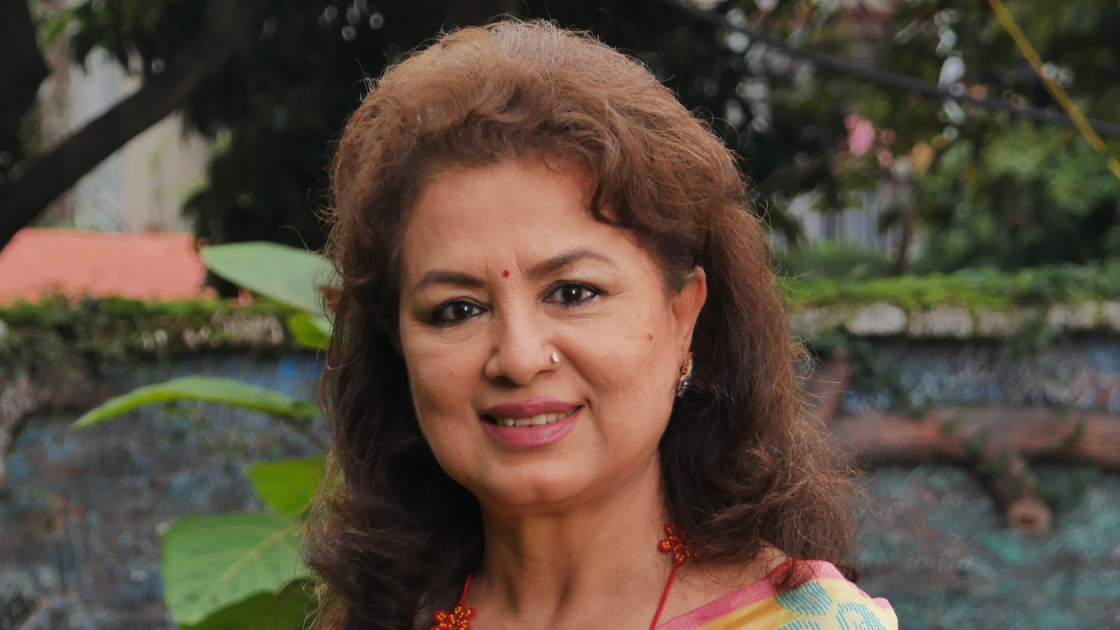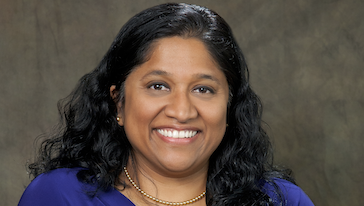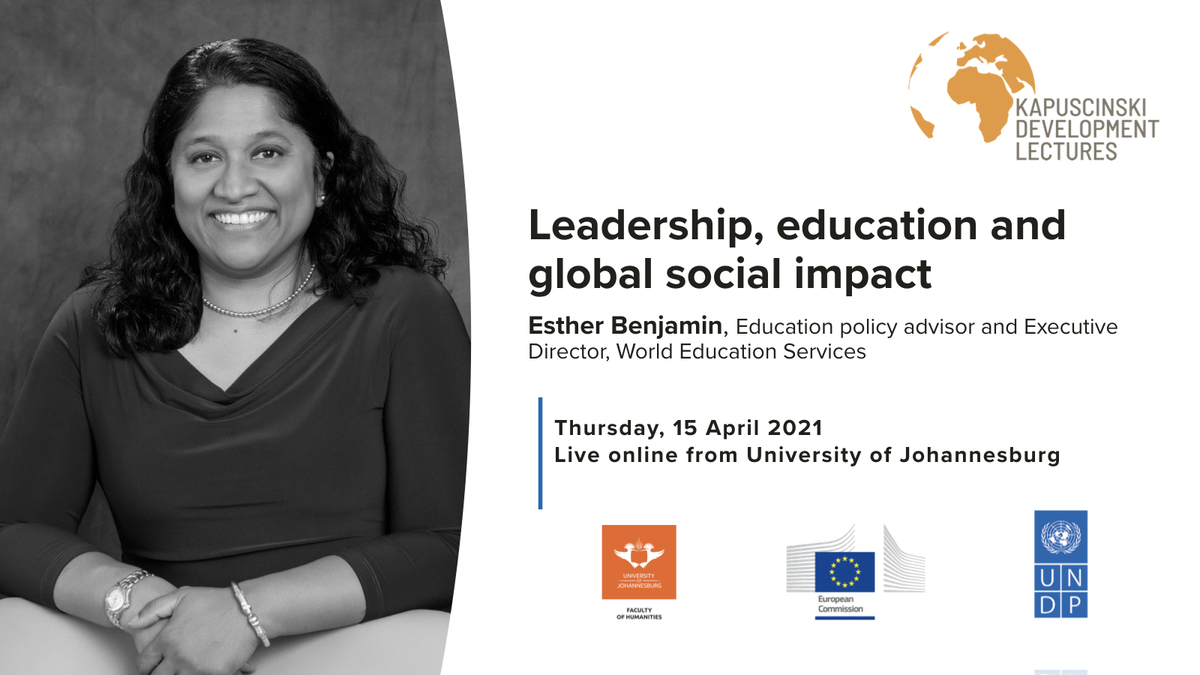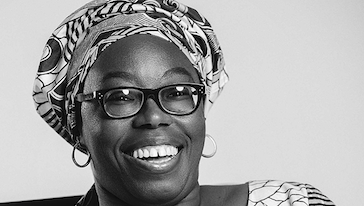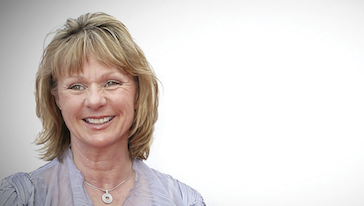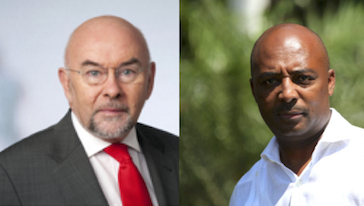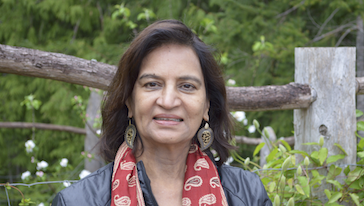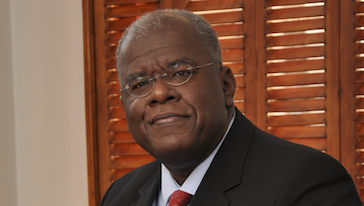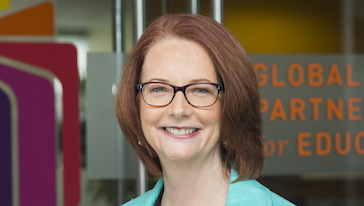Furthermore, inclusive education fosters inclusive societies and equity. Children with disabilities have the right to education, as set in the Convention on the Rights of Persons with Disabilities and the Convention on the Rights of the Child. Sustainable Development Goal Number 4 sets the commitment to achieve inclusive and quality education.
Barriers and challenges to education exist at multiple levels: stigma and discrimination in families, communities and in schools; households living in poverty; lack of assistive devices; lack of teachers’ training and preparation; inaccessible transportation.
A crucial challenge is the lack of disability data: in many countries, the education information system does not disaggregate data by disability. Decision-makers lack statistics and information to plan for the inclusion of children with disabilities in school. This reflects in poorly inclusive polices and in inadequate funding for education.
In the recent COVID pandemic, children with disabilities were largely affected, as many of them did not have the opportunity to access remote learning like their peers without disabilities. In addition, services available through schools (social protection, nutrition, health, etc.) were put on hold during the pandemic, making it very difficult for a child with a disability to cope under these conditions.
There is huge need for a multi-sectoral approach to achieve inclusive education of children with disabilities. At the governmental level, this means ensuring that ministerial agencies collaborate and that frameworks are established for monitoring inclusive education of children with disabilities. Good solutions include teacher training, disaggregation of data by disability and gender, adequate policies, stigma reduction strategies, and making assistive available.
Questions and Answers to the Guest Speaker
How did you overcome your own challenges related to mobility?
At home, I was not discriminated and I had very supportive parents. I attended regular schools, which allows mixing with other children.
What can be done to change attitudes in terms of daily behaviors and interactions?
First of all we need to raise awareness at the community and at the household levels about disability. We also need to create more opportunities to interact with persons with disabilities.
How can development projects promote inclusion of persons with disabilities?
Development actors need to partner with organisations of persons with disabilities and organisations with expertise in this field.
How to address different factors of exclusion (disability, gender, etc.) simultaneously?
If we are able to collect data that is disaggregated by these factors, it would be easier to understand and tackle the vulnerabilities that come with these factors.
Why don’t you use the term “people with special needs”?
When we use that word special, it connotes that the rights of persons with disabilities is something out of ordinary. There is nothing special about the rights of persons with disabilities. In fact, disability rights are human rights.
